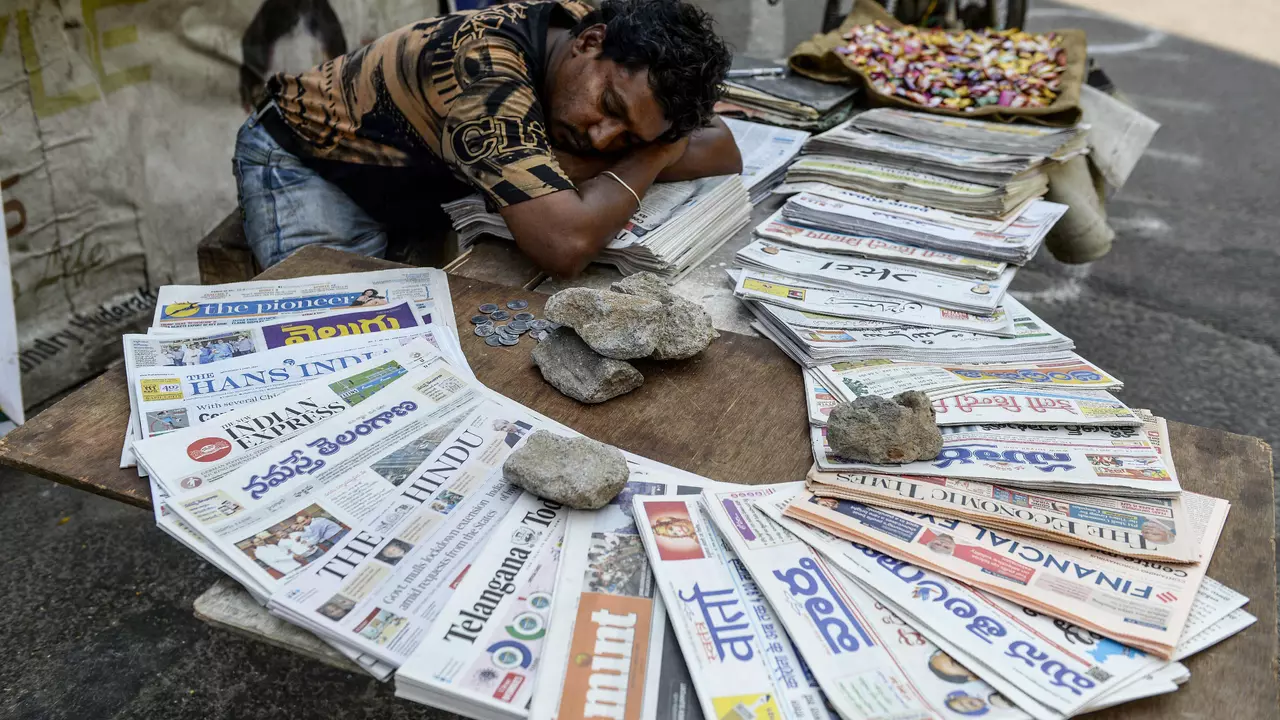Media Ethics: Keeping News Honest and Trustworthy
Ever wondered why some news feels reliable while other pieces leave you guessing? The answer often lies in how well a story follows media ethics. When journalists stick to clear rules about truth, fairness, and independence, readers get facts they can act on. Break those rules, and the whole trust chain collapses.
Media ethics isn’t a fancy academic concept; it’s the everyday checklist that guides every reporter, editor, and broadcaster. From checking sources to disclosing conflicts of interest, each step protects the audience from misinformation. In a world where a headline can spread in seconds, the responsibility to be accurate becomes even heavier.
Understanding Media Ethics
First off, accuracy is the backbone of any credible story. That means double‑checking numbers, quoting people exactly, and never bending the truth to fit a narrative. It also means giving all sides a chance to speak, especially on controversial topics. When a news outlet skips this, it creates bias that can mislead millions.
Next comes independence. Reporters should stay free from influence—whether it’s from advertisers, political groups, or personal relationships. If a journalist receives a gift or a favor, that connection must be disclosed. Transparency lets readers judge the story’s fairness themselves.
Privacy is another key point. Not every detail belongs in the public domain. Ethical reporting respects a person’s right to keep certain information private, especially when it doesn’t affect the public interest. When a story invades personal space without a solid reason, it harms both the subject and the outlet’s reputation.
Finally, accountability ties everything together. Mistakes happen, but how a newsroom handles them shows its integrity. Prompt corrections, clear apologies, and an open dialogue with the audience keep trust intact.
Practical Tips for Ethical Reporting
1. Verify before you publish. Use at least two independent sources for critical facts. A quick phone call or a reputable database can save you from a costly retraction.
2. Ask for permission. If you’re photographing or interviewing someone in a private setting, get clear consent. It avoids legal trouble and respects dignity.
3. Disclose conflicts. Any financial ties, personal relationships, or sponsorships should be mentioned in the story. Readers appreciate honesty.
4. Separate news from opinion. Label editorials, op‑eds, and analysis clearly. Mixing them with straight news blurs the line and erodes credibility.
5. Stay updated on guidelines. Organizations like the Press Council of India and the Society of Professional Journalists release ethical codes regularly. Treat them as living documents, not static rules.
Applying these habits doesn’t just protect the audience; it safeguards your own reputation as a journalist or content creator. When you consistently deliver trustworthy stories, readers keep coming back, advertisers stay confident, and the whole media ecosystem becomes stronger.
In short, media ethics is the safety net that catches errors before they reach the public. By treating it as a daily habit rather than an after‑thought, you help build a news environment where facts matter and trust thrives.

What is wrong with Indian news channels?
Indian news channels often face criticism for their sensationalized reporting, focusing more on drama and less on actual facts. Many viewers express frustration over the lack of depth in reporting and the over-emphasis on debates rather than news. There's also a concern about the bias in the media, with channels often accused of favoring one political party over another. Furthermore, the race for TRP ratings often results in compromising journalistic ethics. It's high time that Indian news channels prioritize responsible journalism over sensationalism.
Read More